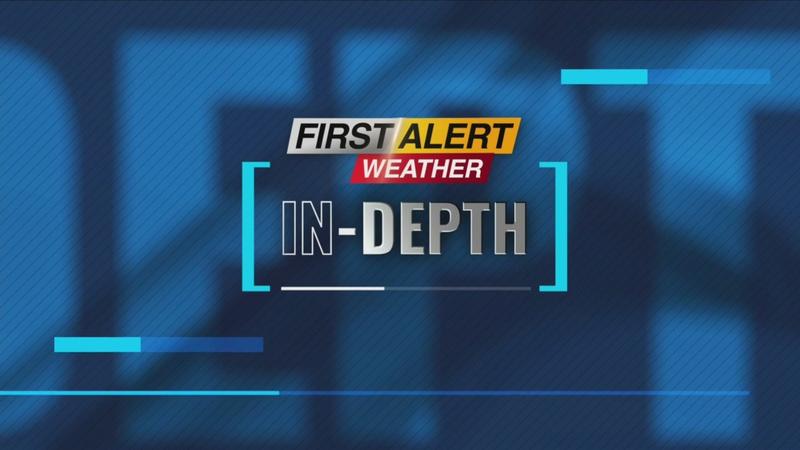First Alert Weather In-Depth: Telling the weather story with radar

Once again we are talking about the tools that are used by a meteorologist. This particular device is shown almost every day, primarily because of how effective it is in “telling the weather story’. But what’s the big deal, considering it has been used for decades?
First, some of the basics. Inside the radar dome there is a dish that is spinning around 360 degrees. The dish is projecting a pulse of energy in all directions and that energy is looking for raindrops or snowflakes. Once it finds that precipitation, the signal will bounce off and then come back to the radar. As a result, that radar is a transmitter as well as the receiver. And if you think about it, the radar is really just listening for the echo. News 10NBC First Alert weather has the capability of showing a multitude of radars that gives you a comprehensive look at an approaching storm. We are tracking the location and speed of that storm and showing you when that storm cell is arriving in your community.
Another option for the radar is called radar velocity. This is a little bit different from the standard signal because it helps us to peer into the complexity of a thunderstorm cell. This means looking at the precipitation through a different lens, examining individual raindrops and determining whether they are moving towards the radar or away from the radar. For a meteorologist this is called “gate to gate sheer,” and if the signature is confirmed, a tornado warning is issued and the News10NBC First Alert Threat Tracker goes to red. The big advantage is a clear view of the motion and rotation within the thunderstorm. Fortunately, we live in a part of the country that does not see a tornado very often. However, in any event this kind of technology can be an early indicator of a developing mesocyclone and thus give us some precious minutes of lead-time.
You may remember, it was just a little over two years ago that an EF2 tornado struck portions of Wyoming County. Radar is an amazing tool when viewing the potential for severe weather.